Art World
From ‘Fairtigue’ to ‘AI Art,’ Here Are 13 Terms That Changed the Art World This Decade
Since the onset of the Great Recession, a whole new vocabulary has sprung up around art.
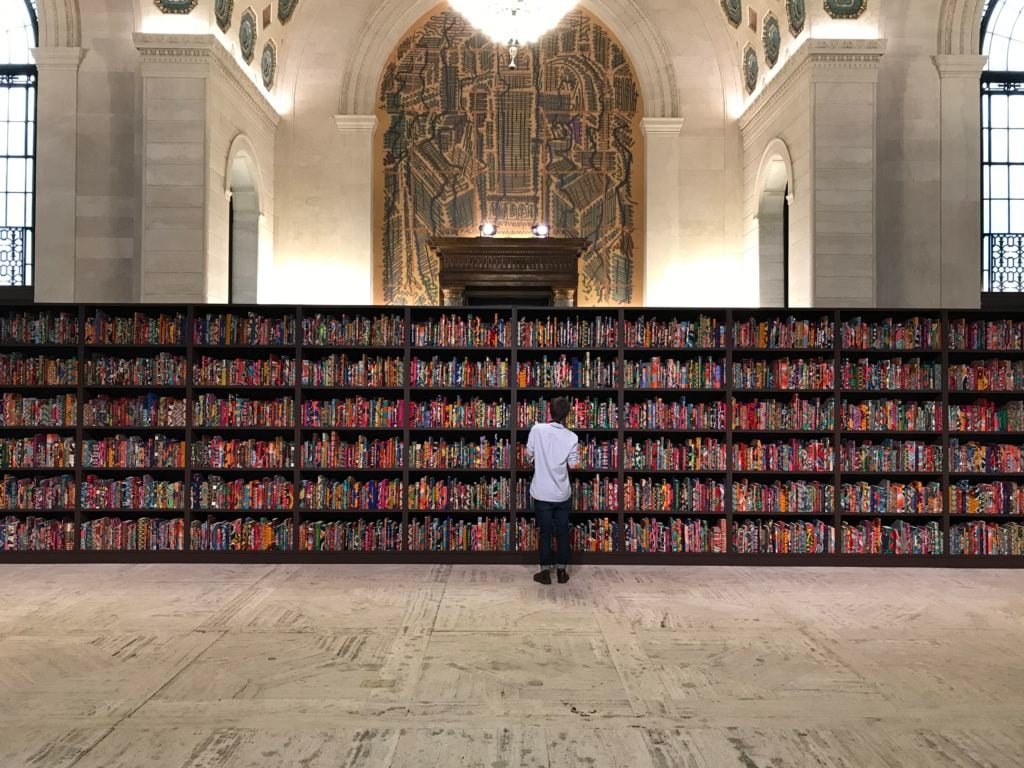
Since the onset of the Great Recession, a whole new vocabulary has sprung up around art.

Tim Schneider

December is a time for looking back on the year that was—and sometimes, even further into the past. The art world underwent plenty of change in 2018, and this New Year’s Eve also marks the end of the decade since the onset of the Great Recession, which reshaped the art industry in numerous ways.
To capture the most consequential of these many shifts, below is a pocket dictionary of 13 terms that altered art, how it’s consumed, and the industry that has driven it these past ten years. Each term includes a definition for precision’s sake and a sentence or phrase using the word for practicality’s sake (and a little fun, too). Use it to refresh your memory and/or impress your friends and family over the holidays. Meanwhile, we will all wait to see what developments 2019 has in store.
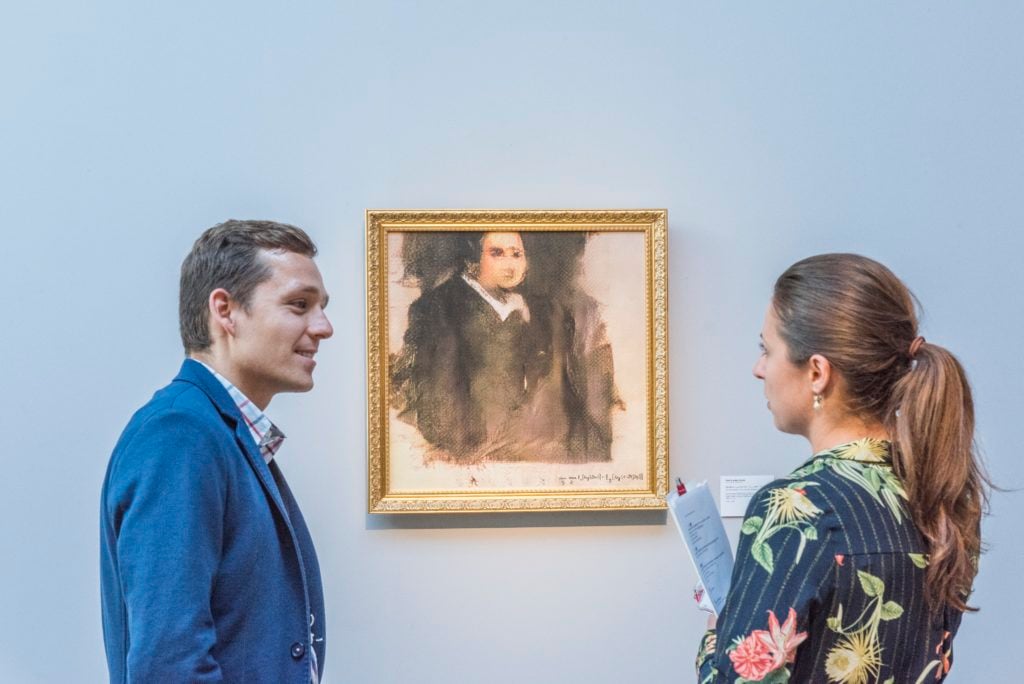
Obvious Art’s ??? ? ??? ? ?? [??? ? (?))] + ?? [???(? − ?(?(?)))], Portrait of Edmond de Belamy (2018), which is the product of an algorithm, fetched $432,500 with buyer’s premium at Christie’s New York in October.
I was afraid this AI art show was going to prove computers are much more creative than people, but it just proved that they can barf out prints of vaguely humanoid figures if you feed them images of a bunch of Renaissance portraits over and over again.
Algorithm: A set of procedures written in programming language that tells a computer how to accomplish a particular task. In the art industry, algorithms are now in everything from software-assisted works of art, to trend-seeking auction-data analysis, to the sequencing of art-media articles in your social media timelines.
Our new startup’s proprietary algorithm will help you select which emerging artists to invest in by creating a single rating out of their auction results, elementary-school report cards, and dietary needs!
Blockchain: An encrypted database that is “decentralized” by virtue of being maintained simultaneously on a network of computers not owned by any single, central authority. Updates to any blockchain are verified through the process of “mining,” in which a computer solves a complex mathematical puzzle that falls under the rubric of cryptography, making the database incorruptible in theory (though multiple real-world hacks throw this trait into question in practice).
Blockchains are now most present in the art world in the form of cryptocurrencies (decentralized debt records) such as bitcoin; title registries (decentralized provenance records) like Artory, Codex, or VerisArt; and “crypto-art” (artwork reliant on decentralized technology of some kind), including examples such as Sarah Meyohas’s Bitchcoin.
I want to believe this Gauguin painting’s blockchain-based provenance guarantees authenticity, but isn’t the information still being input by the people using the same sources as if it were appearing on a paper certificate?
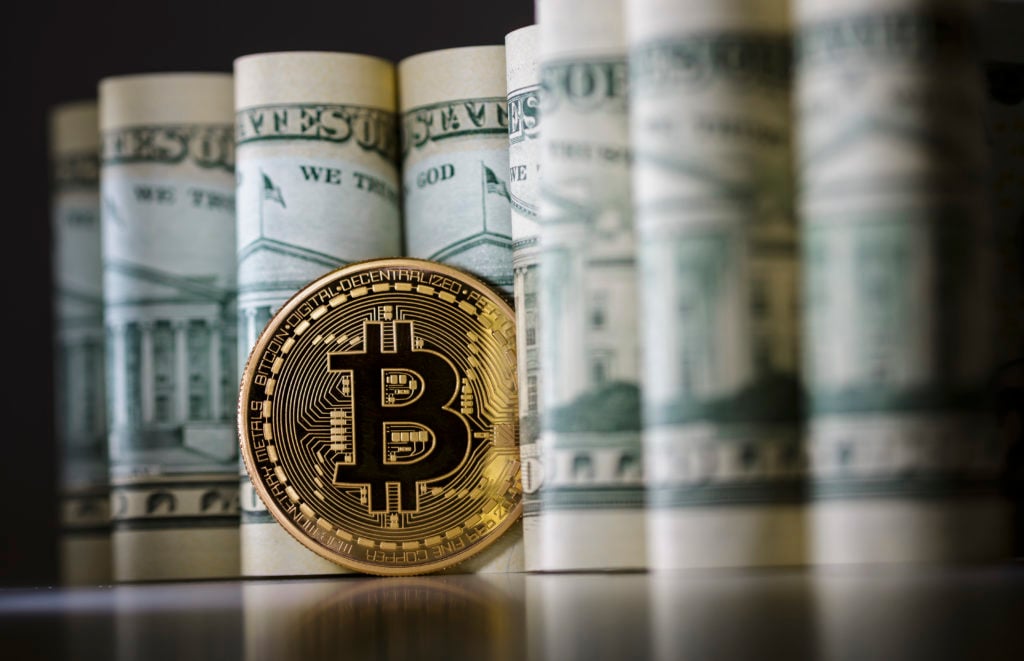
A “physical Bitcoin,” which is sort of a gimmick, but exists. Photo Illustration by Thomas Trutschel/Photothek via Getty Images.
COIN: artnet News columnist Tim Schneider’s 2014 acronym for “Collector Only in Name,” meaning an individual who buys art primarily or exclusively for the purpose of financial speculation or social-status accrual, rather than aesthetic engagement. (See also: artnet News columnist Kenny Schachter’s “spec-u-lector,” a supposed collector chiefly concerned with speculating.)
He acted like he was a true connoisseur, but after he referred to his collection as his “alternative-asset portfolio,” I knew he was just another COIN.
Fairtigue: An existential state of exhaustion brought on by attending or exhibiting in too many art fairs. Fairtigue has afflicted members of the art world for far less time than art fairs have existed, as the condition didn’t develop until the fair sector exploded in scale and global reach after 2005.
I was dead certain I had mono, but after all the tests came back clean, I realized I’d been to twelve fairs in the last eleven months. So I’m pretty sure it’s just a bad case of fairtigue.
Flipper: A derogatory term for a buyer who acquires an in-demand artist’s work from his or her gallery at primary-market prices and then immediately takes advantage of a bull market by reselling it at auction for a healthy return. The term is most commonly linked to advisor and entrepreneur Stefan Simchowitz, who famously speculated on young artists during the 2011–14 market boom.
The gallery blacklisted me as a flipper after I doubled my money on that work at Phillips a few months after I bought it instead of reselling it to them for a two-percent gain.

An interior hallway of the ARCIS freeport in Harlem. Image courtesy of ARCIS © 2018.
Freeport: An ultra-secure, high-end art-storage facility located in a tax-exempt jurisdiction. Freeports, such as New York’s ARCIS or those controlled by embattled advisor/dealer/entrepreneur Yves Bouvier, have become especially popular with blue-chip resellers and COINs, who sometimes buy and sell works multiple times without the pieces ever leaving the facility, allowing all transactions to take place tax-free.
Don’t invoice her for the Picasso until we know it’s inside the freeport, or else she’ll kill the deal over the money she owes Uncle Sam.
Gallery-share: This term could mean one of two things: a) an event in which a group of galleries in a city agrees to turn their permanent spaces over to out-of-town dealers for a limited period of time (dealer Vanessa Carlos has benefitted from this in her multi-city Condo project); or b) an arrangement in which multiple galleries pool their resources to cooperate a larger or pricier space than any one could afford on its own (New York’s Vacation gallery is one such timeshare; Ruberta in Los Angeles is a similar example).
I can’t afford a permanent space in Berlin and I have a pathological distaste for house music, so I think I’ll just start off with a gallery-share.
Immersive installation: Originally used to describe an artwork that offered a 360-degree, multi-sensory experience—such as James Turrell’s Ganzfeld series or Yayoi Kusama’s Infinity Mirrored Rooms—the term has since devolved into a description for almost any thinly conceived, poorly executed room created as a backdrop for selfies, such as the Dream Machine or Museum of Ice Cream. Popular synonyms for this latter incarnation include “Instagram trap” and “selfie-bait.”
This immersive installation fills the room with scented fog, floor-to-ceiling LEDs, and an original steel drum score that vividly recreates the artist’s experience of being abducted by friendly extraterrestrials at Burning Man.
Irrevocable bid/third-party guarantee: A mechanism by which an auction house offloads the risk of paying a consignor a financial guarantee for a work by accepting a pre-sale bid at or above the same figure from a third party. If auction bidding exceeds the irrevocable bid (or “IB” for short), the third-party guarantor normally receives a set fee or a percentage of the difference between the pre-sale bid and the final price. If bidding during the auction peters out beneath the IB, the guarantor must buy the work at the IB price.
He thought he could make an easy half-million when he put an irrevocable bid on that Christopher Wool, but the bidding was so soft he ended up buying the painting instead. He was furious!
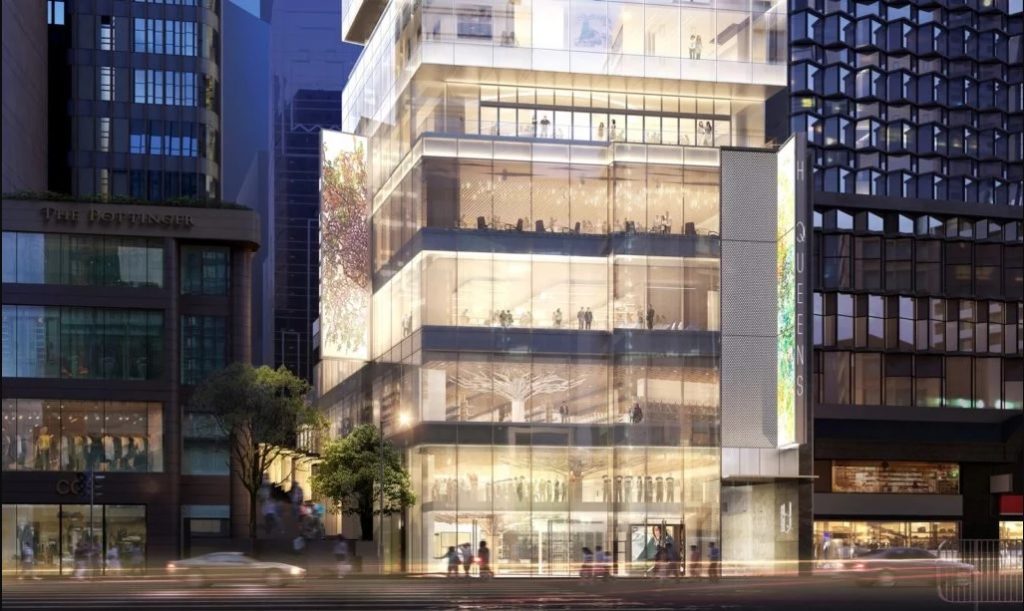
Pace’s new Hong Kong gallery. Photo courtesy of Pace.
Mega-gallery: One of rarefied group of market-making galleries with multiple permanent locations around the globe, a staff size of 50 or more, and dozens of blue-chip artists and estates under management. Although the boundary lines are fluid, the four inarguable examples are Gagosian, David Zwirner, Pace, and Hauser & Wirth.
The painter left us—his longtime middle-market dealer!—for a mega-gallery, and his prices and his ego both grew by 20 percent overnight.
Post-Internet art: Coined by artist and curator Marisa Olson, the term—importantly—does not mean that the internet is over. Instead, it applies to art made after the internet became all but inescapable, so that “internet art” is no longer a special genre. Most often, the term is applied to works of art that address the conditions of our online-saturated world. According to critic Brian Droitcour, the phrase often indicates art fabricated to look best online (particularly on Instagram), often to the detriment of direct, in-person experience. By now, the term is almost mainstream: Kanye, for example, wants to be a “Post-internet Disney.”
That Post-internet show looked incredible in my Instagram feed, but when I got there, it felt like I was walking around the aftermath of a party at RISD open studios.
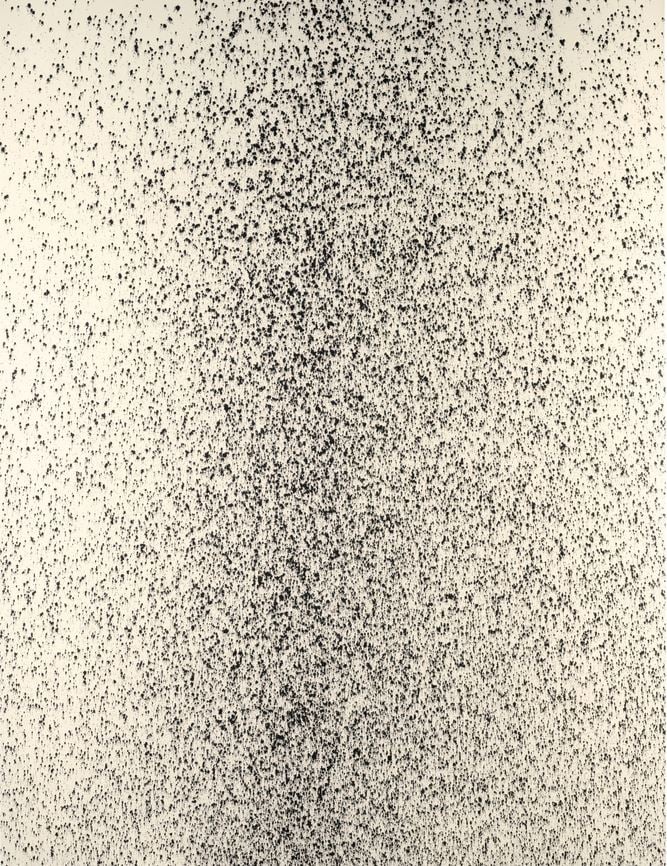
Lucien Smith, Two Sides of the Same Coin (2012), sold at Sotheby’s London in February 2014 for £224,500 against an estimate of £40,000–60,000. Image courtesy of Sotheby’s.
Zombie Formalism: Coined by artist and critic Walter Robinson, this term describes paintings that look a lot like the mid-century abstraction advocated by Clement Greenberg—hence, “zombie”—and which are stylistically simple, reductive, and process-oriented—hence, “formalism.” Central to the speculative art-market boom that took place between roughly 2011 and mid-2014, Zombie Formalism was largely the province of young men fresh off earning their MFAs, and many of the artists in this pool have since moved on to other, radically different styles. Prominent practitioners included Jacob Kassay, Alex Israel, Lucien Smith, and Oscar Murillo.
I thought all this Zombie Formalism I bought in 2014 was a great investment, but now I feel like I just paid sucker prices for the Ab Ex equivalents of fake Coach bags on Canal Street.